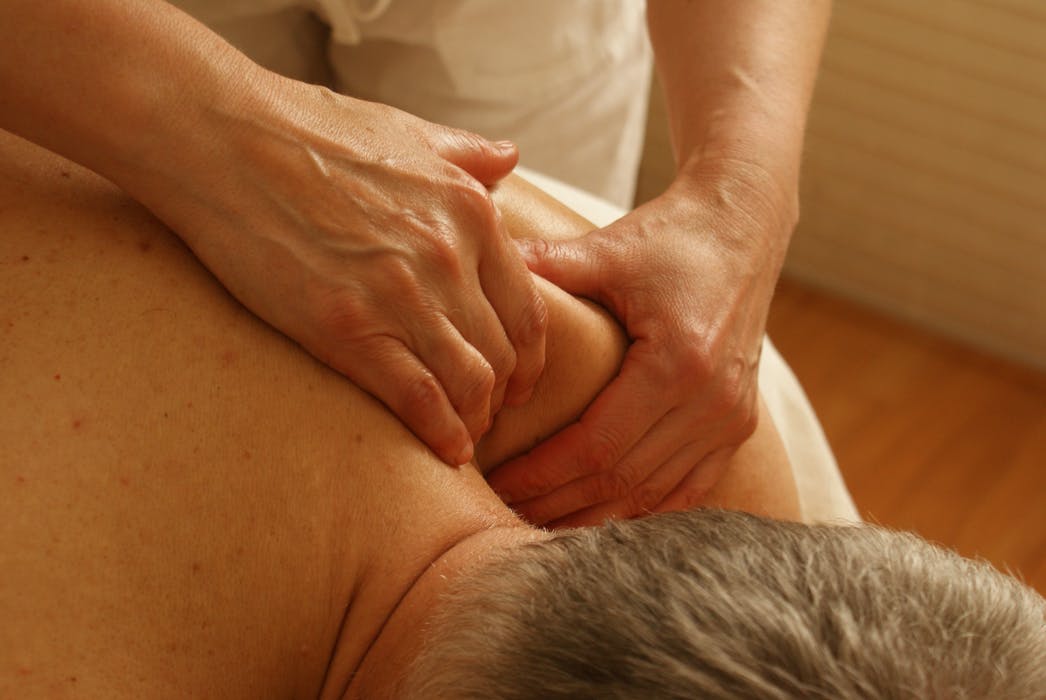nalco group
bone, muscle & joint pain physio
BOOK NOW / WHATSAPP ABOUT YOUR PAIN OR INJURY
- ORCHARD 400 Orchard Road #12-12 Singapore 238875
- TAMPINES 9 Tampines Grande #01-20 Singapore 528735
- SERANGOON 265 Serangoon Central Drive #04-269 Singapore 550265
Home > Deep Tissue Release > Blog > Myofascial Release Physiotherapy And Massage
Myofascial Release Physiotherapy And Massage

Myofascial Release is a safe and very effective hands-on technique that involves applying gentle sustained pressure into the myofascial connective tissue restrictions to
- relieve/eliminate pain
- induce muscle and tissue relaxation
- restore motion in our muscles.
“Myo” refers to the muscle, and “fascia” refers to the smooth-and-tough tissue that covers all our body's muscles. In a normal healthy body, the fascia is relaxed and soft, and can stretch and move without restriction.
However, our myofascia becomes tight and restricted when our body experience
- physical trauma or
- inflammation of the fascia
Trauma such as a direct blows like hits or falls, car accidents, whiplash or habitual poor posture can have a cumulative effect over time that tightens our fascia.
In fact, trauma, inflammatory responses, and/or surgical procedures create myofascial restrictions that can produce tensile pressures of approximately 2,000 pounds per square inch on pain sensitive structures that unfortunately does not show up in many of the standard tests (x-rays, myelograms, CAT scans, electromyography, etc.)
Myofascial
release is applied directly on the body and uses slow and sometimes deep
pressure to restore the proper health of the fascia. This essential “time element” has to do with the viscous
flow and the piezoelectric phenomenon: a low load (gentle pressure)
applied slowly will allow a viscoelastic medium (fascia)
to elongate.
The use of Myofascial Release Therapy allows us to look at each patient as a unique individual.
Our one-on-one therapy sessions are hands-on treatments during which our therapists use a multitude of Myofascial Release techniques and movement therapy.
What we do is that via myofascial release, combined with other movement therapies and stretches, we promote independence through education in proper body mechanics and movement, self treatment instruction, enhancement of strength, improved flexibility, and postural and movement awareness.
Myofascial release has been used effectively in the treatment of the following conditions:
- Low back pain
- Headaches
- Neck Stiffness
- Back pain
- Sports injuries
Hands-On Treatment
Each Myofascial Release Treatment session is performed directly on skin with or without oils or creams.
There will not be any machinery ever.
This enables the therapist to accurately detect fascial restrictions and apply the appropriate amount of sustained pressure to facilitate release of the fascia.
